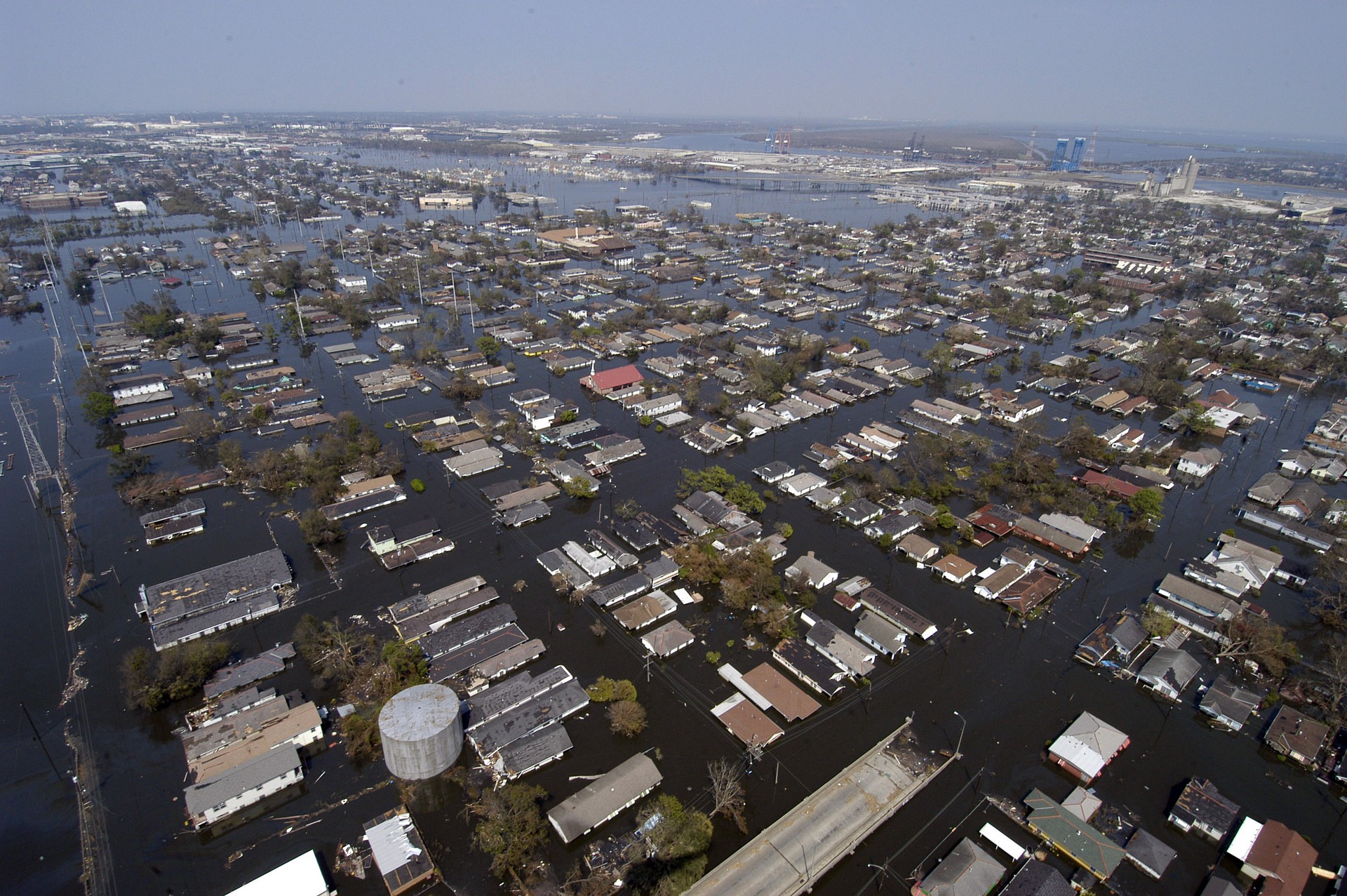
Ōtautahi – New Zealand has laid out its first ever climate adaptation plan.
The plan, launched today, will ensure Kiwi communities have the information and support they need to prepare for the impacts of climate change.
Climate change is a global challenge, but its impacts are felt in our local communities and in people’s homes.
Taking action to prepare for these impacts will make our communities safer, protect the environment, and ensure towns and cities can continue to support people’s jobs and livelihoods.
New Zealand was one of the first countries in the world to put into law the globally agreed target to limit global warming to 1.5 degrees.
The emissions reduction plan will make sure we are playing our part to achieve this goal. However, even with 1.5Cdeg of warming, Aotearoa is going see the impacts of climate change and the way people live their lives.
Severe weather events that had previously seemed unthinkable, even only a few years ago, are now happening at a pace and intensity never experienced before.
And when they happen, everything from the roads, to drains and water supplies and to getting kids to school can be severely disrupted.
The national adaptation plan will enable help a combination of community-based initiatives and national-level policies and legislation.
The plan brings together more than 120 actions that together provide a blueprint for more resilient communities. Everything from homes to the way people grow food is protected from the worst effects of climate change.
New Zealand has a history of solving challenges through innovation, resourcefulness and determination – and adapting to climate change is no different.
In 2020, New Zealand carried out its first national climate change risk assessment to help identify where action needed to be taken.
- Action to address the risks identified in the 2020 climate change risk assessment, protecting lives, livelihoods, homes, businesses and infrastructure
- A joined up approach that will support community-based adaptation with national policies and legislation
- Providing all New Zealanders with information about local climate risks via a new online data portal
- Better information for home-buyers, with a consistent approach to recording natural hazard information on LIMs
- A new platform to support Māori-led approaches to adaptation planning, and protection for at-risk cultural sites of significance
- Legislation to ensure a consistent approach to supporting communities most at risk.

